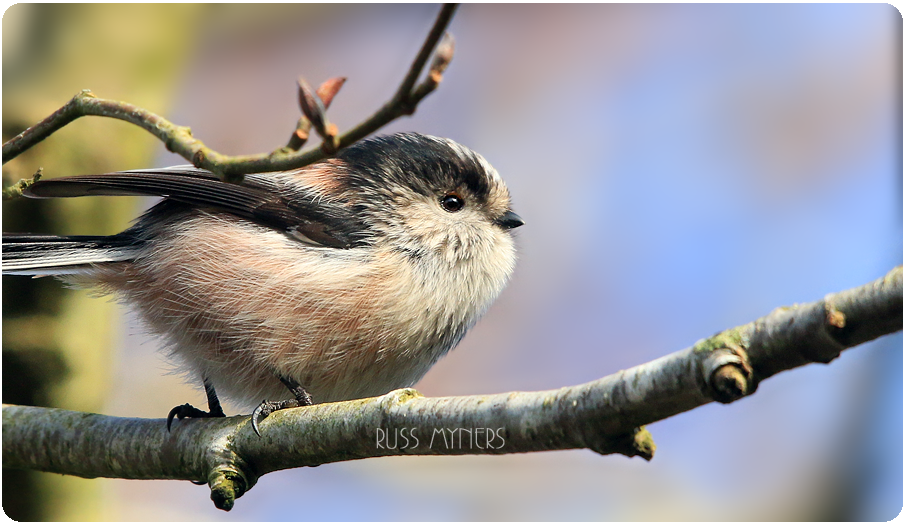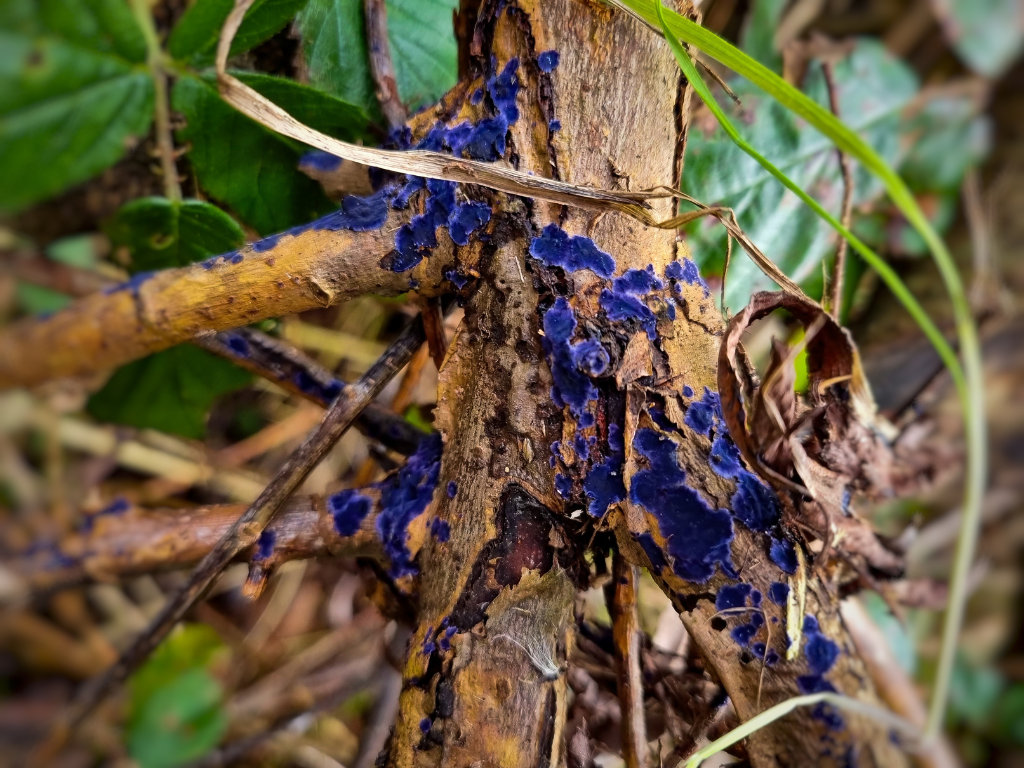Recent Sightings (7th-10th Oct)
British Steel Hide
With big high tides during the past few days, good numbers of Curlew have been seen on the saline lagoons with the highest count being 307. During high tides, total numbers of waders on the saline has been over 1450. This has included counts of 784 Black-tailed Godwits, 391 Redshank, 22 Dunlin, 14 Knot, 39 Greenshank, 2 Snipe, 2 Spotted Redshanks, 12 Lapwings, a Ruff and a Bar-tailed Godwit.
Wildfowl have included 261 Greylag Geese, 15 Canada Geese, 34 Wigeon, 9 Shoveler, 48 Mallard, 2 Pintail, 2 Gadwall, 30 Shelduck, 10 Great Crested Grebes, 17 Tufted Ducks and 2 Mute Swans (fledglings from the Millennium Wetlands).
There has been a good bit of bird of prey action throughout the last few days with many Peregrine sightings, a male and a female Sparrowhawk, (the male managed to catch a Blackbird right in front of the hide), lots of Buzzards and a Red Kite which was feeding on the saltmarsh.
Other birds have included Grey Wagtails, Mistle Thrushes, Stonechats, a Common Gull, Kingfishers, Grey Herons and Little Egrets.
Millennium Wetlands
Wildfowl on the wetlands has included 64 Gadwall, 1 Pochard, 10 Little Grebes, 32 Coot, 3 Shoveler, 6 Teal, 28 Tufted Ducks, 34 Moorhen, 13 Mallard and 17 Mute Swans. There has a noticeable increase in Snipe on the reserve, with many now being seen around the Deep Water Lake. Up to 38 Lapwings have been using the stony island on Deep Water Lake.
Plenty to see on the Millennium Wetlands at this time of year, with all of the berries and seeds that are providing a vital food source for the birds; the Thrushes, Jays and Finches seem to be enjoying them! Skylarks, Meadow Pipits, Stonechats, Grey Wagtails, Kingfishers and Water Rails can be found on the reserve also. A Yellow Wagtail flew over the WWT yard (near the entrance to the reserve) heading for the Millennium Wetlands in the late afternoon of the 9th.

Birds to (possibly) look out for soon
Our wintering Thrushes (Redwings and Fieldfares) are on their way back to Wales and soon we should see them gorging themselves on berries around the reserve. Redwings distinctive call can help you find them passing over, even if you can't see them initially. Also listen out for Redwings migrating overhead during the night, on some Autumnal nights huge numbers can pass over towns and cities. Hopefully we will get a Great White Egret this winter, with so many Little Egrets around it almost seems inevitable, there has also been numerous sightings of this species at different sites in the Burry Inlet recently as well. We're still hopeful for a Firecrest or Yellow-browed Warbler despite there being no sightings yet this autumn.
Redwing flight call - http://www.xeno-canto.org/388913



